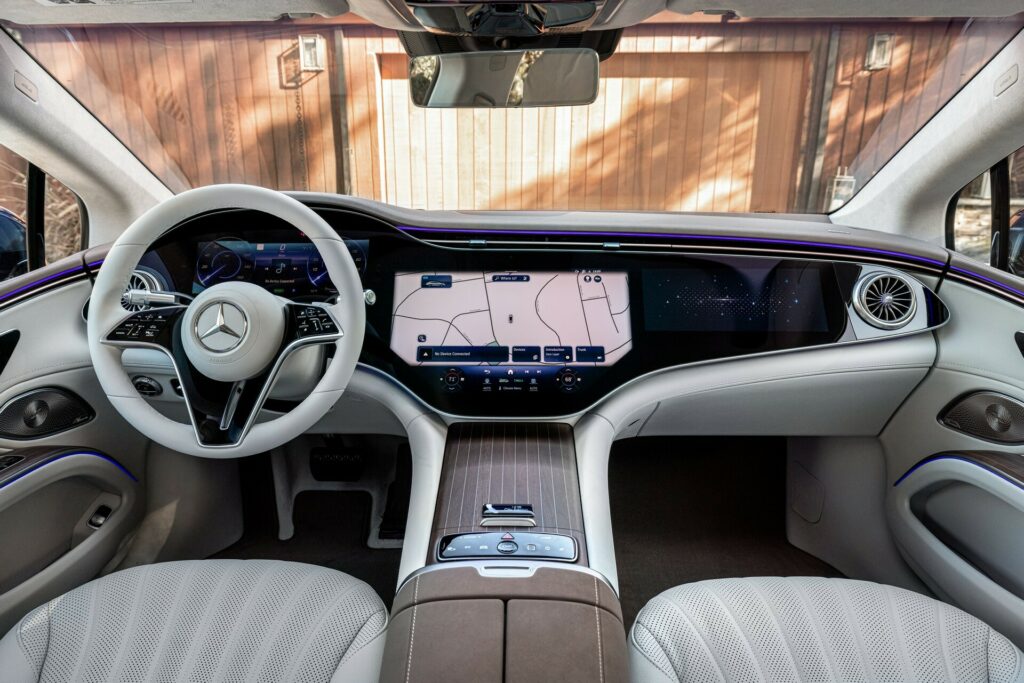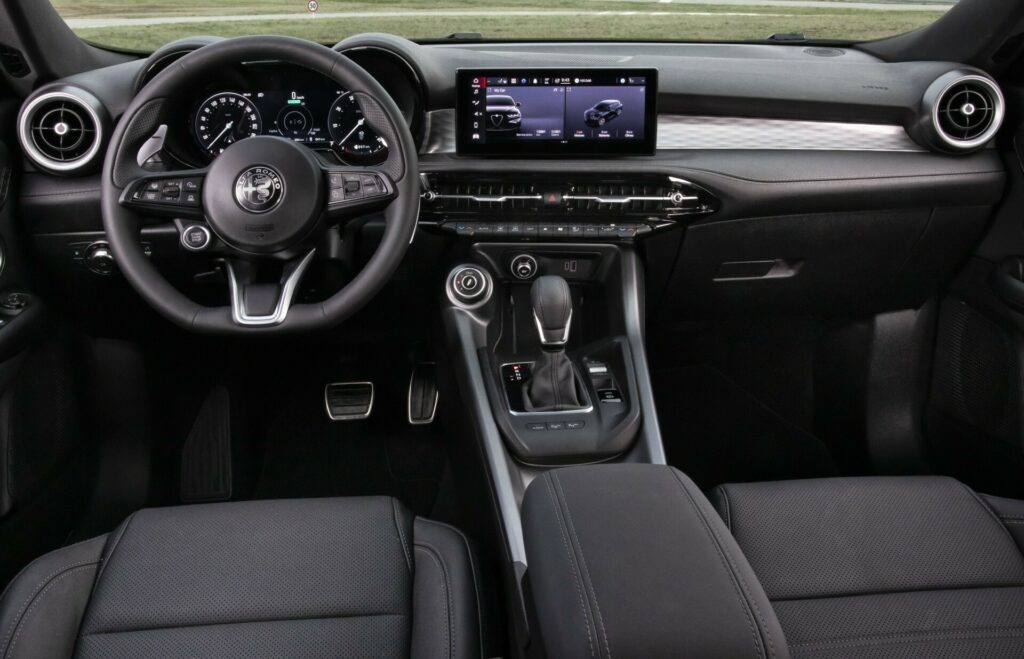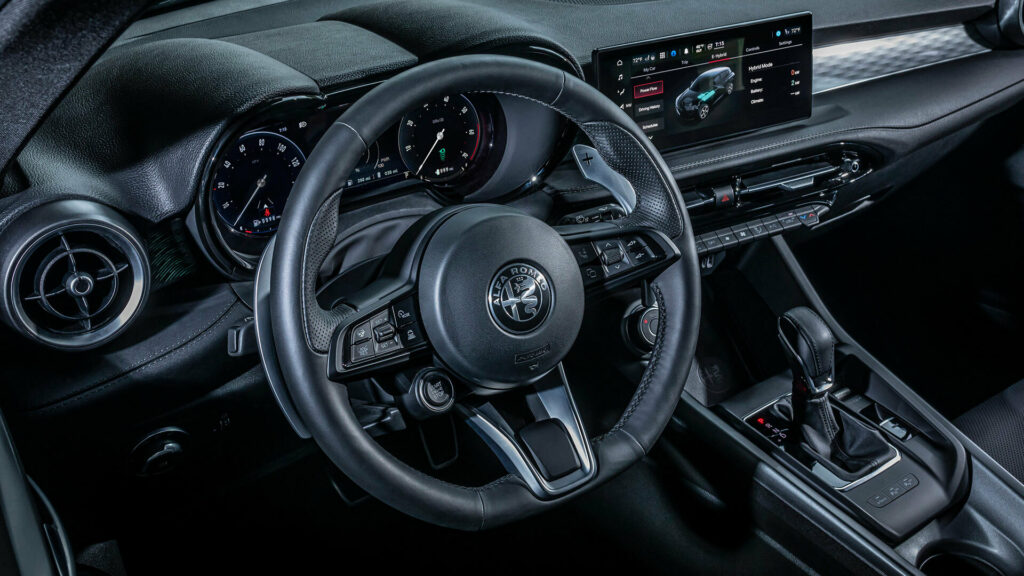Two things have come to dominate modern car interiors; a digital instrument cluster and an infotainment system.
These have been around for awhile, but we’re entering an era of super-sized screens as the 2024 Chevrolet Traverse sports a massive 17.7-inch infotainment system. However, that’s tiny compared to the full-width displays found in the upcoming Cadillac Celestiq and Lincoln Nautilus.
While the trend appears to be industry wide, there are a few holdouts including Alfa Romeo. Speaking with Autocar, CEO Jean-Philippe Imparato said “I respect what Mercedes is doing with its digital technology … but my customers aren’t looking for meter-wide (34.4 inch) infotainment screens in their cars or 200 digital assistance systems to switch on and off.”
More: Forget The Horsepower Wars, Screen Size Is The Latest Battleground

Instead, research has shown Alfa Romeo customers want a relatively traditional interior with an instrument cluster that features “cannocchiales.” That being said, Imparato suggested gauges will be separated by a larger central display.
The executive went on to imply owners will be given the option of selecting their desired level of automated driving at the start of each journey. This sounds a bit all or nothing as Imparato described the modes as “I want to drive” and “I want to be driven.”
While future models will embrace technology, Alfa Romeo isn’t going overboard. As Imparato explained, “Our job isn’t to offer every lane-keeping, convenience and crash-avoidance system that we can, just because our competitors have them.” Instead, he suggested the company will be selective and only offer systems that add actual value to consumers. That being said, the executive mentioned a larger head-up display which projects an image of a ‘ghost car’ in front of drivers.
The company is still finalizing things and we’ll see the fruits of their labor in 2025, when “Alfa Romeo becomes the first to deploy the Stellantis group’s all-new electronic architecture, STLA Brain.” Alfa’s parent has previously described STLA Brain as a new electronic and software architecture, which is fully over-the-air capable and has 30 modules that can be addressed versus 10 today. The company has also said it will be “service-oriented” and enable “software developers to create and update features and services quickly without waiting for a new hardware launch.”









